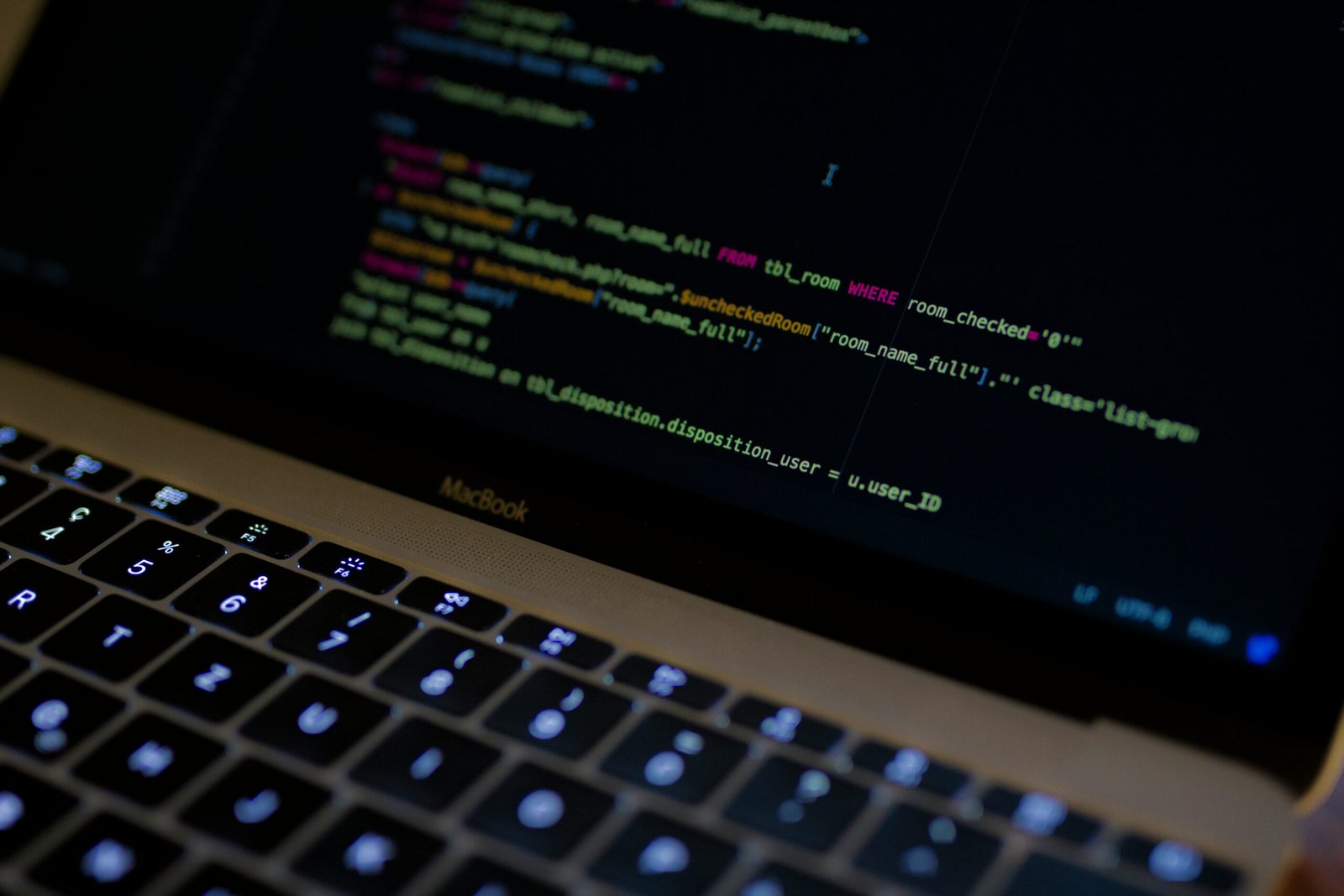Blockchain in Healthcare: Revolutionizing Medical Records
In the era of digital transformation, the integration of cutting-edge technologies into various sectors has become imperative for enhancing efficiency, transparency, and security. One such revolutionary technology making waves in the healthcare industry is blockchain. Originally introduced as the underlying technology for cryptocurrencies like Bitcoin, blockchain has transcended its origins to find applications in diverse fields, with healthcare being a prime beneficiary. In this blog, we will delve into how blockchain is revolutionizing healthcare by transforming the way medical records are managed and shared.
The Challenge of Traditional Medical Records
Traditional medical record-keeping systems have long been plagued by challenges such as lack of interoperability, data breaches, unauthorized access, and inefficiencies in sharing information between different healthcare providers. These issues not only compromise patient privacy and data security but also hinder the seamless delivery of care across different medical facilities. Enter blockchain, a decentralized and tamper-proof digital ledger that has the potential to address these challenges head-on.
Blockchain: The Building Blocks of Change
At its core, blockchain is a distributed ledger that records transactions in a secure, transparent, and immutable manner. Each transaction, or “block,” is linked to the previous one through cryptographic hashes, forming a chronological chain. This architecture ensures that once data is recorded, it cannot be altered without the consensus of the entire network, making it inherently resistant to tampering and fraud.
- Enhanced Data Security and Privacy: Blockchain’s encryption and consensus mechanisms significantly enhance the security and privacy of medical records. Patient information is securely stored on the blockchain, and access is controlled through cryptographic keys. This eliminates the need for centralized databases vulnerable to breaches and unauthorized access.
- Interoperability: Blockchain technology enables seamless sharing of medical data across different healthcare providers and systems. The decentralized nature of blockchain eliminates the need for intermediaries and allows patients and healthcare professionals to access and update information in real-time, regardless of the source.
- Immutable Audit Trail: Every interaction with a patient’s medical record is recorded as a transaction on the blockchain, creating an indelible audit trail. This ensures transparency and accountability, as any changes or additions are traceable and cannot be erased.
- Consent Management: Blockchain’s smart contract capabilities enable patients to have granular control over who can access their medical records and for what purpose. Patients can grant and revoke access permissions, ensuring that their data is only used as intended.
- Research and Analytics: Researchers can benefit from blockchain by securely accessing anonymized patient data for studies, leading to advancements in medical research without compromising patient privacy.
Real-World Implementations
Several healthcare organizations and startups have already started exploring the potential of blockchain for medical record management:
- MediBloc: This South Korean blockchain platform allows patients to access and manage their medical data while maintaining control over who can view it. Patients can also receive tokens as rewards for sharing their data with researchers.
- Medicalchain: A UK-based platform that enables patients to store and share their medical history securely with healthcare providers. Patients have the ability to grant temporary access to their records, enhancing care coordination.
- Solve.Care: This global healthcare platform uses blockchain to streamline administrative processes, improve care coordination, and enhance the patient experience.































